
Success in online learning heavily depends on how well you navigate through various types of assessments. Whether it’s a timed quiz or a comprehensive written test, mastering these challenges is essential for achieving academic goals. Effective preparation and understanding the key strategies can make a significant difference in your performance.
In this guide, we will explore methods to tackle assessments efficiently, from managing your time wisely to leveraging study materials. You’ll also discover practical tips for approaching multiple-choice questions, handling written responses, and ensuring you’re fully prepared to excel in your courses. Whether you’re just starting or looking to improve your skills, the right strategies will help you boost your confidence and academic success.
Succeeding in Online Course Assessments
Achieving success in online course assessments requires a solid understanding of the material and strategic approaches to problem-solving. Navigating through various tests involves more than just memorizing facts–it’s about mastering techniques to answer questions effectively, manage your time, and use available resources wisely. This section offers practical advice to help you excel and approach each test with confidence.
Key Strategies for Effective Preparation
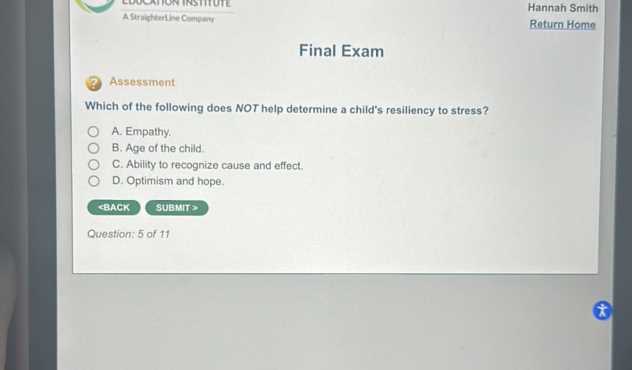
To start, effective preparation is critical for performing well in any academic evaluation. Begin by thoroughly reviewing the course content, focusing on key concepts that are likely to appear. Break down your study sessions into manageable chunks and make use of practice questions to familiarize yourself with the format. Active engagement with the material, rather than passive reading, can significantly enhance retention and understanding.
Maximizing Resources and Time Management
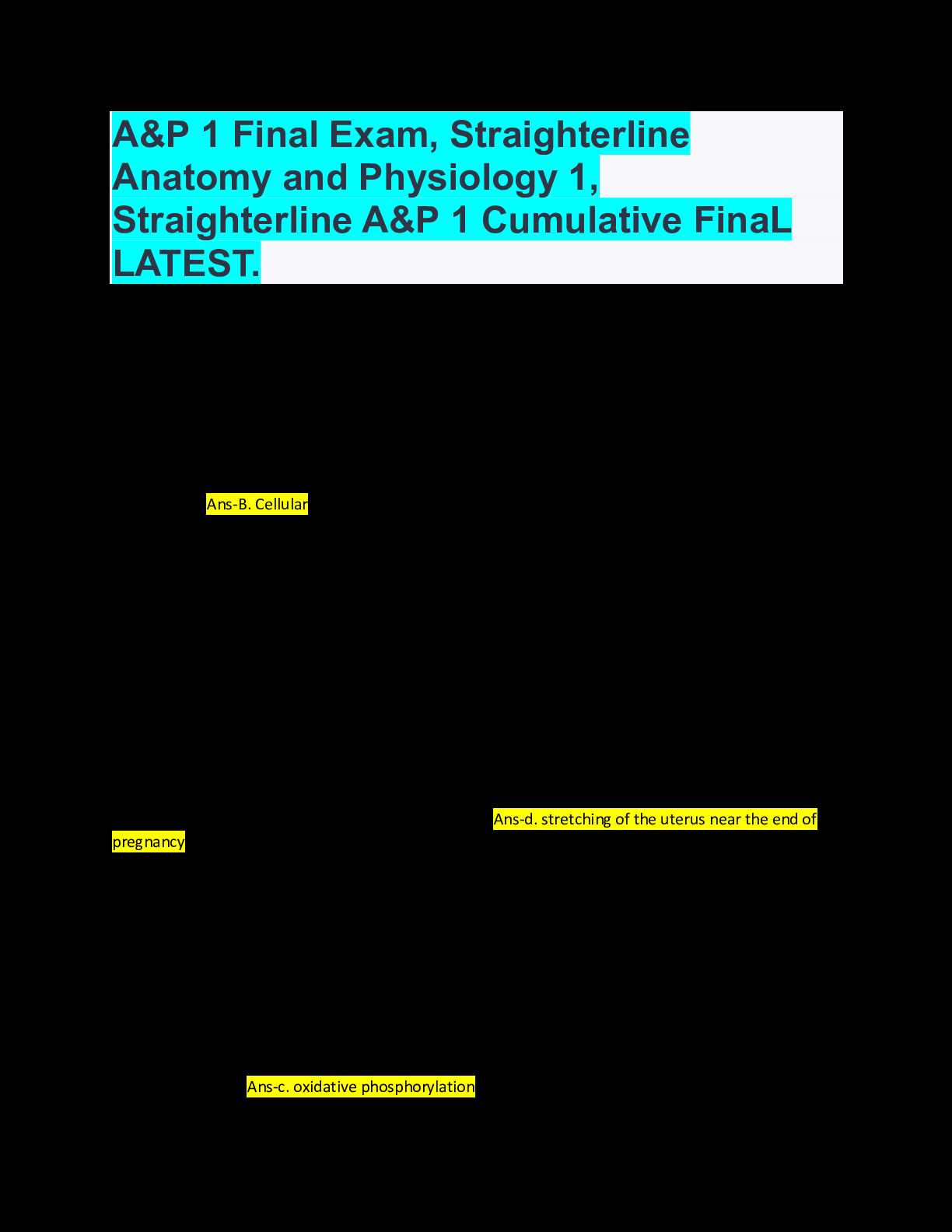
When the time comes for the assessment, managing your time effectively is crucial. Prioritize questions based on difficulty and the time required to answer them. If you encounter a challenging question, move on and return to it later. Utilize study guides, forums, and other resources provided by the course to reinforce your understanding of difficult topics. These tools, when used correctly, can make a substantial difference in your performance.
Understanding Online Assessment Format
Each online assessment has a unique structure designed to evaluate your understanding of the course material. Familiarizing yourself with the format is an essential step towards preparing effectively. Knowing what to expect can help reduce anxiety and increase your chances of success. In this section, we will break down the typical components of such evaluations and how you can best approach them.
Types of Questions and Formats
Online assessments often include a variety of question types, such as multiple-choice, true/false, and short-answer. Multiple-choice questions test your knowledge of key concepts, requiring you to identify the correct option from several choices. True/false questions assess your ability to recognize factual accuracy. Short-answer or essay-style questions evaluate your ability to articulate your thoughts and demonstrate a deeper understanding of the subject matter. Each format requires a different approach, and being prepared for all types can improve your performance.
Time Constraints and Test Rules

Time management plays a vital role in completing assessments successfully. Most online evaluations are timed, meaning you’ll need to work efficiently to complete all the questions within the allocated period. It’s important to read the instructions carefully, as some tests may have specific rules, such as restrictions on the use of external resources. Familiarizing yourself with these guidelines ahead of time ensures you don’t waste precious minutes during the actual assessment.
How to Prepare for Online Assessments
Effective preparation is key to succeeding in any academic evaluation. The process involves more than just reviewing materials; it’s about developing a strategy that helps you approach each task with confidence and efficiency. In this section, we’ll explore essential steps that can help you get ready for upcoming assessments and ensure you’re fully prepared to perform at your best.
Start by reviewing the course content systematically. Focus on understanding core concepts rather than memorizing isolated facts. Utilize any practice materials or quizzes provided to test your knowledge and identify areas that need improvement. It’s also beneficial to create a study schedule that allows for consistent, focused study sessions, rather than cramming at the last minute. By staying organized and proactive, you’ll build the confidence needed to tackle the assessment with ease.
Tips for Finding Correct Responses
Locating the correct responses in an assessment requires more than just knowing the material; it involves employing smart strategies to effectively navigate through questions. By focusing on the right techniques and using available resources wisely, you can increase your chances of selecting the most accurate options. This section provides practical advice to help you find the best solutions efficiently and confidently.
Read Each Question Carefully
Pay attention to every detail in the question to ensure you fully understand what is being asked. Sometimes, a question may contain subtle hints that point to the correct answer. Skipping important words or misinterpreting a question can lead to mistakes, so take your time to digest the information before choosing a response.
Eliminate Wrong Choices
For multiple-choice questions, start by eliminating any options you know are incorrect. This will increase your chances of selecting the correct one from the remaining choices. Often, you can identify clearly wrong answers based on your understanding of the material, helping you narrow down your options efficiently.
Use Contextual Clues
In some cases, answers can be inferred from the context of the question or surrounding content. Look for keywords that match terms or concepts you’ve studied. These clues can provide additional insight, guiding you toward the most appropriate response.
Common Mistakes to Avoid in Assessments
When preparing for any type of academic evaluation, it’s easy to fall into certain traps that can negatively impact your performance. These mistakes are often simple but can significantly reduce your chances of success. In this section, we’ll highlight some of the most common errors students make and offer tips on how to avoid them to ensure you perform your best.
Rushing Through Questions
One of the most frequent mistakes is rushing through the questions. It’s tempting to hurry and finish quickly, but this can lead to careless errors. Take the time to carefully read each question and review your responses before moving on. This extra attention to detail can help prevent avoidable mistakes.
Neglecting Instructions
Failing to read the instructions thoroughly is another common error. The instructions often contain important details about the format, time limits, or rules for the assessment. Not following them can lead to misunderstandings or even penalties, so always ensure you understand the guidelines before starting.
Overlooking Time Management
Poor time management can significantly affect your ability to complete the assessment effectively. Avoid spending too much time on one question; instead, allocate your time wisely across all sections. If you find a question particularly challenging, move on and return to it later with a fresh perspective.
Not Reviewing Your Work
Many students forget to review their answers before submitting. Even if you’re confident, take a few minutes to check your responses for any mistakes. Small errors, such as misreading a question or overlooking a detail, can sometimes be caught during a quick review.
Time Management Strategies for Success
Effective time management is crucial when preparing for any type of assessment. With limited time to complete each section, it’s essential to plan ahead and allocate your resources wisely. By managing your time efficiently, you can reduce stress and maximize your chances of success. This section will discuss key strategies to help you optimize your time during an evaluation.
Prioritize and Plan
One of the best ways to manage your time is by prioritizing tasks based on their difficulty and time requirements. Here are some tips:
- Assess the questions: Begin by scanning the entire test to identify the easiest and hardest questions. This will help you allocate more time to the challenging ones.
- Set time limits: Assign a specific time to each section or question. If you’re working on a timed evaluation, stick to these limits to avoid spending too much time on any one task.
- Skip and return: If you encounter a difficult question, don’t waste too much time on it. Skip it and come back later if time allows.
Effective Breaks and Focus
Another key strategy is maintaining focus and taking structured breaks. Here’s how to stay sharp:
- Take short breaks: If you’re studying for an extended period, schedule breaks to rest your mind and avoid burnout.
- Use the Pomodoro technique: Work in focused intervals of 25 minutes, followed by a 5-minute break. This keeps your mind fresh and improves concentration.
- Minimize distractions: Turn off notifications, close unrelated tabs, and create a distraction-free environment to maintain focus.
Using Practice Tests Effectively
Practice tests are a powerful tool for reinforcing what you’ve learned and familiarizing yourself with the types of questions you’ll encounter. By simulating the actual test environment, practice assessments help you build confidence and identify areas that need improvement. This section covers how to use practice tests in a strategic way to maximize their benefits.
Maximizing Study Sessions
To make the most of practice tests, it’s important to approach them with a focused strategy. Here’s how to get the best results:
- Use them regularly: Incorporate practice tests into your study routine rather than leaving them until the last minute. Regular use helps reinforce your knowledge and highlights areas where you need further study.
- Simulate real conditions: Take practice tests in a quiet environment, under time constraints, and without distractions. This helps replicate the pressure and conditions of the actual evaluation.
- Review mistakes: After completing a practice test, carefully review all incorrect responses. Understanding why you chose the wrong answer is crucial for improving your performance in the future.
Targeted Practice and Focus Areas
Practice tests should be used to target specific areas of weakness. Follow these strategies for focused improvement:
- Identify weak spots: After completing a practice test, assess which topics or question types caused difficulty. Focus additional study time on these areas to strengthen your knowledge.
- Gradually increase difficulty: Start with easier tests and gradually increase the difficulty level as you improve. This ensures you’re constantly challenged and moving towards mastery.
- Track your progress: Keep a record of your scores to track improvement over time. This will give you a clear picture of your progress and help you stay motivated.
What to Do if You Get Stuck

It’s common to encounter challenges during any assessment. Sometimes, you may find yourself unable to answer a question or feel uncertain about how to proceed. In such situations, staying calm and knowing how to handle the moment can make all the difference. This section provides strategies to help you navigate those tricky situations and keep moving forward with confidence.
If you get stuck on a question, the first step is to take a deep breath and avoid panic. It’s important to remember that you don’t have to get every question right immediately. Try these strategies to keep your momentum:
- Skip and Return: If you find yourself struggling with a question, move on to the next one. Often, a fresh perspective after answering other questions can help you return to the difficult one with more clarity.
- Break Down the Question: Read the question carefully and break it down into smaller parts. Look for keywords that may give you clues, and rephrase the question in your own words if necessary to better understand it.
- Use Process of Elimination: If it’s a multiple-choice question, start by eliminating the most obviously incorrect options. Narrowing down your choices can increase your chances of selecting the right answer.
- Stay Positive: Stay positive and confident in your abilities. Even if you’re unsure about a particular question, trust that your preparation has equipped you to handle challenges effectively.
Top Resources for Students
Effective learning often involves leveraging the right resources to support your studies and enhance your understanding of key concepts. Whether you need extra practice, in-depth explanations, or just a guide to keep you on track, having access to high-quality tools can make a significant difference in your academic performance. This section outlines some of the most useful resources for students looking to succeed in their coursework.
Below is a list of recommended tools and platforms that can provide invaluable support during your studies:
| Resource | Type | Description |
|---|---|---|
| Online Study Groups | Collaboration | Join online communities where you can share knowledge, ask questions, and get help from fellow students. |
| Interactive Learning Platforms | Practice | Engage with interactive quizzes, tutorials, and other learning materials designed to reinforce your understanding. |
| Video Tutorials | Visual Learning | Watch instructional videos on various topics to see examples and explanations of difficult concepts. |
| Textbook Supplements | Reading | Use supplementary materials that complement your textbooks and provide additional insights on key subjects. |
| Practice Tests | Assessment | Take practice tests to familiarize yourself with the format and question types, and assess your progress. |
How to Approach Multiple-Choice Questions
Multiple-choice questions can often seem daunting, but with the right approach, they can be a great way to test your knowledge and understanding. The key to answering these questions effectively is to remain strategic, avoid rushing, and carefully analyze each option. In this section, we will explore strategies to help you tackle multiple-choice questions with confidence and precision.
When approaching multiple-choice questions, it’s important to carefully read each prompt and all possible answers. Here are some practical tips to guide your decision-making:
- Read the Question Thoroughly: Always read the entire question before looking at the options. This ensures you understand exactly what’s being asked and helps you focus on the relevant information.
- Eliminate Obvious Wrong Answers: Start by crossing out the options that are clearly incorrect. This narrows down your choices and increases your chances of selecting the correct answer.
- Consider All Choices: Don’t settle for the first answer that seems right. Review all the options to ensure that there isn’t a better choice, especially if the question involves nuanced details.
- Look for Clues in the Question: Sometimes, the wording of the question or other options can provide clues to the correct answer. Pay attention to qualifiers like “always,” “never,” or “most likely,” as they can help guide you.
- Make an Educated Guess: If you’re unsure, try to eliminate at least one or two incorrect answers. Making an educated guess increases your odds of selecting the right answer, especially if you are left with just two choices.
Improving Your Writing for Essays
Essay writing is an essential skill that requires both structure and creativity. Whether you’re drafting a short response or a lengthy paper, clarity and coherence are key to conveying your ideas effectively. By understanding the elements of strong writing and practicing key techniques, you can significantly enhance your ability to express your thoughts and arguments.
Improving your writing involves more than just grammar; it’s about developing your ability to communicate complex ideas in a clear, organized manner. Here are a few strategies to help you write essays that are both compelling and well-structured:
Plan Your Essay Before You Write
One of the most important steps in writing a successful essay is planning. Before you start writing, take a few minutes to organize your thoughts. Outline your main points and decide the order in which you’ll present them. This will help you stay on track and ensure that your essay flows logically.
Focus on Strong Introductions and Conclusions
The introduction sets the tone for your entire essay. Begin with a hook that grabs the reader’s attention, and clearly state your thesis or main argument. Similarly, a strong conclusion reinforces your main points and leaves the reader with something to think about. A well-crafted conclusion is a powerful way to end your essay on a high note.
What Is Allowed During Exams
Understanding what is allowed during assessments can help ensure that you’re fully prepared and avoid any confusion. Each institution or testing platform may have specific guidelines about what materials and resources are permitted during the test. It’s important to familiarize yourself with these rules so you can focus on the task at hand without unnecessary distractions or concerns.
In this section, we will explore some common guidelines and provide clarity on what tools, materials, or assistance might be allowed during an assessment, helping you prepare more effectively for success.
Commonly Allowed Materials
Depending on the nature of the test, some materials may be permitted to assist with answering questions. These resources typically support your ability to apply concepts or refer to critical information when necessary.
| Allowed Items | Purpose | Notes |
|---|---|---|
| Open Book | Reference materials | Students may refer to textbooks, notes, or online resources while answering questions. |
| Calculator | Mathematical calculations | Allowed for subjects requiring numerical problem-solving, such as math or science. |
| Writing Tools | Note-taking and outlining | Pens, pencils, and paper are generally allowed to jot down ideas or outline responses. |
| Basic Internet Access | Research and verification | Permitted for certain types of assessments that allow online research or fact-checking. |
Prohibited Resources
While some resources are allowed, there are usually strict rules about what cannot be used during assessments. It’s crucial to understand these limitations to avoid accidental violations.
| Prohibited Items | Reason for Restriction |
|---|---|
| Collaboration with Others | Violates test integrity |
| Electronic Devices | May provide unauthorized access to information |
| Cheat Sheets | Gives unfair advantage |
Key Study Materials for Success
To perform well in any assessment, having the right study materials is essential. Whether you’re preparing for a comprehensive test or a series of smaller tasks, accessing the correct resources can make a significant difference in how efficiently you grasp the material and apply your knowledge. The best study materials offer clear explanations, practice opportunities, and diverse perspectives on the topics being covered.
This section explores some of the most valuable study materials that can help enhance your learning experience and improve your performance during assessments.
Core Study Resources
There are several types of study materials that are commonly used to help understand complex subjects and sharpen your skills. From textbooks and online courses to interactive study guides, these resources offer a wide range of benefits for various learning styles.
| Study Material | Purpose | Benefits |
|---|---|---|
| Textbooks | Foundational knowledge | Comprehensive explanations and in-depth coverage of key topics |
| Online Courses | Visual and interactive learning | Engaging multimedia content that reinforces concepts |
| Practice Tests | Test preparation | Helps familiarize with question formats and assess knowledge |
| Study Guides | Quick reference material | Condensed summaries and key points for fast revision |
Additional Helpful Tools
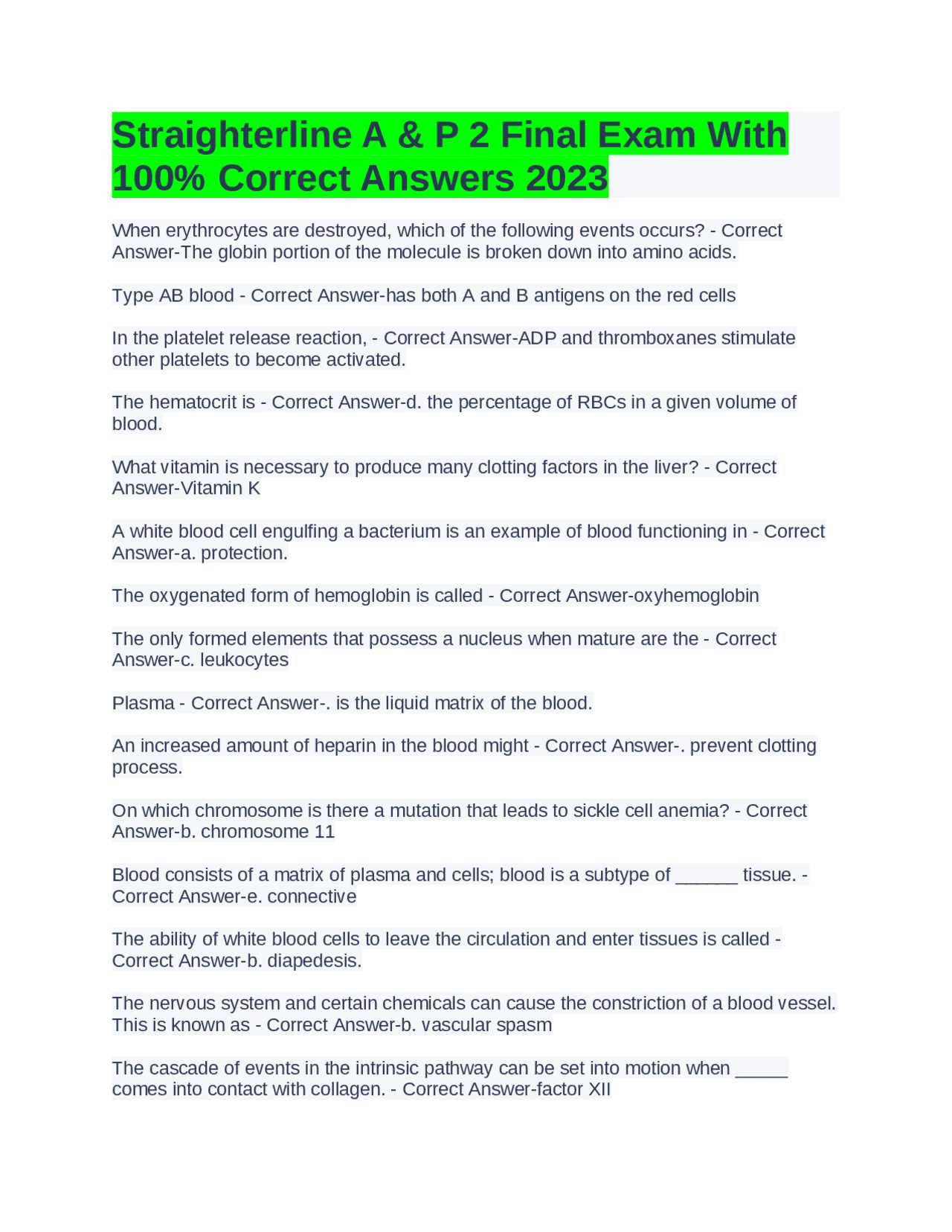
In addition to traditional study materials, there are other tools that can complement your preparation and offer additional support in mastering the content. These tools help reinforce your learning and keep you on track as you progress through your studies.
| Tool | Function | Advantages |
|---|---|---|
| Flashcards | Memory retention | Helps with quick memorization of key terms and concepts |
| Study Groups | Peer collaboration | Provides opportunities to discuss ideas and clarify doubts |
| Educational Apps | Self-paced learning | Convenient, on-the-go access to quizzes and lessons |
Understanding Grading and Feedback
Grading and feedback play a crucial role in the learning process, providing insight into how well you have understood the material and where you can improve. The way your work is evaluated can help identify your strengths and highlight areas that need further attention. Understanding the grading system and utilizing feedback effectively is essential for improving your performance in any academic setting.
This section delves into how grading works and the best ways to interpret and use feedback for academic growth.
How Grading Works
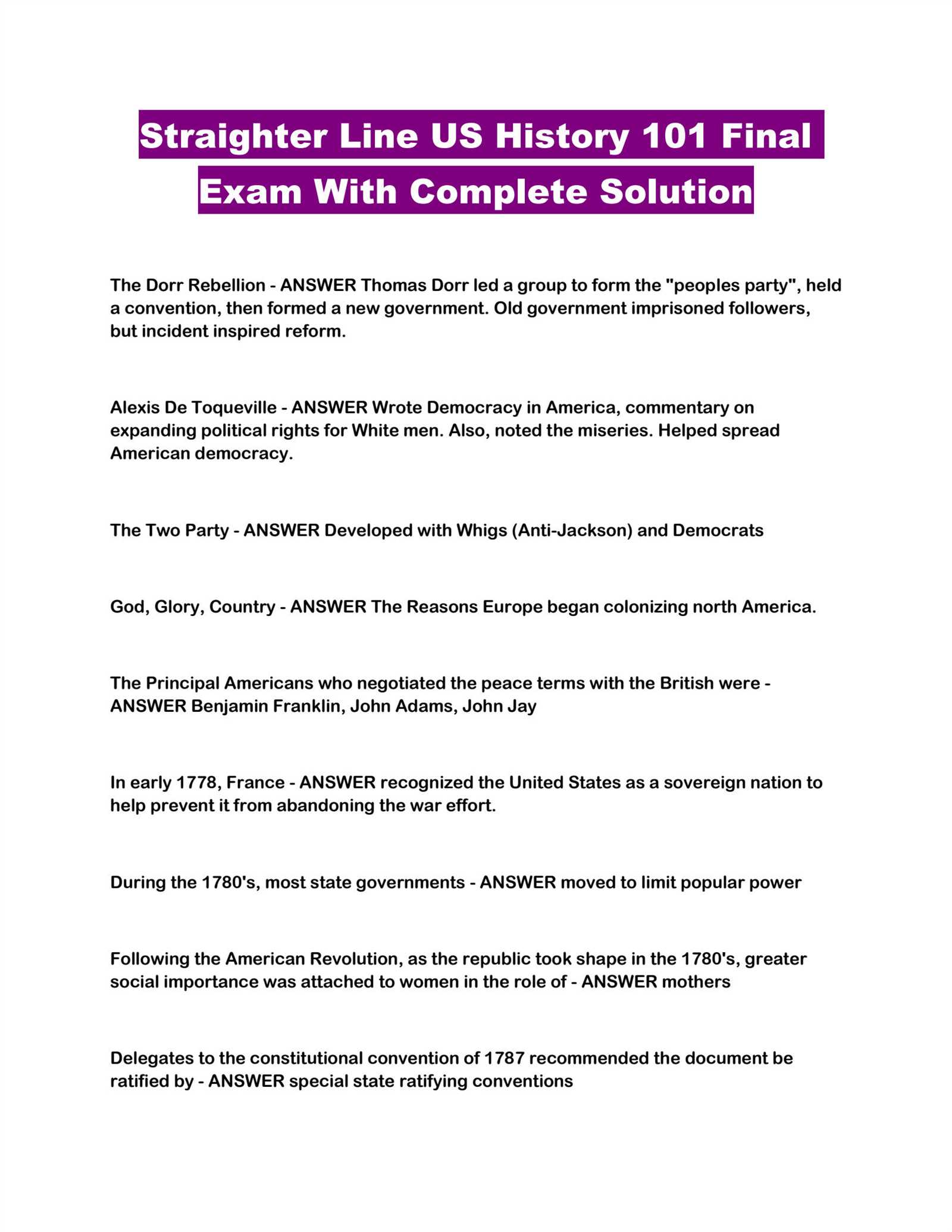
Grades are typically assigned based on a set of criteria that reflect your performance and understanding of the subject matter. The grading system can vary, but it usually takes into account various components such as participation, assignments, quizzes, and final assessments. Familiarity with how grades are calculated can help you focus your efforts on what matters most.
- Letter Grades: Often used to represent a range of scores, such as A, B, C, etc.
- Percentage-Based Grades: Indicates the exact score achieved out of 100.
- Rubrics: Detailed breakdown of how specific aspects of your work are graded.
Using Feedback Effectively
Feedback is a valuable tool for improving your work. It can come in various forms, such as written comments, one-on-one discussions, or even peer reviews. Understanding feedback and using it to adjust your study habits or approach to tasks can lead to better outcomes in future assessments.
- Review Comments: Look for specific suggestions for improvement and apply them to future work.
- Self-Reflection: Compare feedback with your own understanding to identify gaps in knowledge.
- Ask for Clarification: If feedback is unclear, don’t hesitate to ask for more details.
By paying attention to the grading structure and making the most of feedback, you can make targeted improvements and enhance your learning experience.
How to Retake Exams
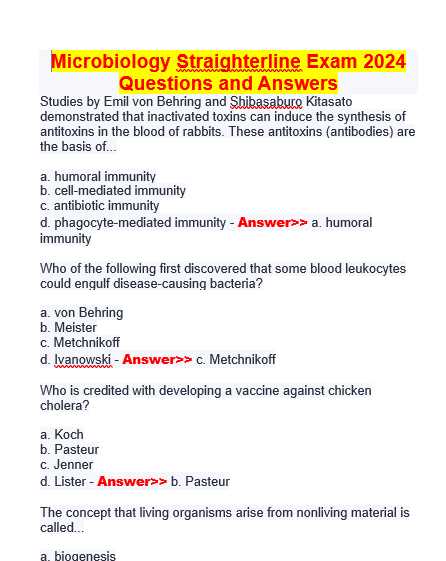
Sometimes, despite your best efforts, you might not achieve the desired results on an assessment. Retaking tests can be an essential opportunity for improving your grade and reinforcing your understanding of the material. Knowing the proper steps and strategies to follow when retaking assessments can help you approach the process more effectively and increase your chances of success.
This section outlines the key steps to take when you need to retake an assessment and how to use the opportunity for improvement.
Steps for Retaking Assessments
When it’s time to retake an assessment, understanding the guidelines and process is crucial. Different platforms or institutions may have varying rules regarding retakes, so it’s important to follow the specific procedures outlined by your provider.
- Check Retake Eligibility: Ensure you meet the requirements to retake the test, such as waiting periods or additional fees.
- Review Your Previous Performance: Analyze any feedback or mistakes from the previous attempt to understand what went wrong.
- Prepare with Focus: Spend extra time on areas where you struggled and review the materials thoroughly before attempting the test again.
Best Practices for Improving Your Score
Retaking an assessment offers a second chance, but to make the most of it, consider adopting certain strategies to improve your performance.
- Use Study Resources: Take advantage of practice tests, study guides, and other resources available to reinforce your knowledge.
- Understand the Format: Familiarize yourself with the type of questions you’ll face, whether they are multiple choice, essays, or problem-solving tasks.
- Manage Your Time: During preparation, set a study schedule that allows you to review all important topics without rushing.
By following these steps and preparing more effectively, retaking an assessment can become an opportunity for learning and growth, helping you achieve a better result.
Benefits of Online Assessments
Online assessments offer numerous advantages for students seeking flexibility and convenience in their academic journey. These assessments provide a structured approach to learning while also offering opportunities to work at one’s own pace. The ability to take tests remotely, combined with a range of supportive tools and resources, makes them an appealing choice for many learners.
In this section, we explore the various benefits of taking assessments in this format and how they contribute to a more accessible and efficient learning experience.
Convenience and Flexibility
One of the primary advantages of online assessments is the flexibility they offer. Students can complete tests from anywhere, at any time, as long as they have an internet connection. This eliminates the need for travel and allows individuals to schedule their assessments around their personal and professional commitments.
- Access from Anywhere: Take tests from the comfort of your home or any other location with reliable internet access.
- Flexible Scheduling: Complete assessments at times that suit your schedule, reducing stress and time management issues.
- Eliminate Travel: Save time and money that would otherwise be spent on commuting to a testing center.
Instant Feedback and Improvement
Another key benefit is the immediate feedback that online assessments often provide. Unlike traditional testing methods, where results may take days or weeks to return, students can quickly review their performance and learn from their mistakes.
- Real-Time Results: Receive immediate feedback after completing the assessment, allowing you to understand your strengths and areas for improvement.
- Opportunities for Retakes: Many online platforms allow you to retake assessments or quizzes, providing additional chances to improve your score and understanding.
- Interactive Learning: Engage with multimedia resources and interactive content during assessments, which can enhance your learning experience.
These benefits make online assessments an attractive option for modern learners looking to balance their academic and personal lives while still achieving high-quality results.
Preparing for Proctored Assessments
Successfully completing proctored assessments requires careful preparation, as they typically involve a higher level of scrutiny and structured conditions compared to regular tests. Understanding the requirements and setting yourself up for success are crucial steps in navigating this type of testing environment. Whether you are taking the assessment from home or in a designated center, being well-prepared can significantly enhance your performance and reduce test anxiety.
Technical Setup and Environment
Before taking a proctored assessment, ensure that your testing environment and technology are ready. This includes setting up your computer, ensuring a stable internet connection, and clearing your workspace of any materials that are not allowed. Many proctored assessments require specific software to monitor your activity, so it’s important to test your equipment and software ahead of time.
- Test Your Equipment: Make sure your computer, webcam, microphone, and internet connection are working properly.
- Clear Your Workspace: Remove any unauthorized materials such as notes or books from your surroundings.
- Install Required Software: Verify that any necessary proctoring software is installed and functioning before the test day.
Understanding Test Rules and Expectations

Each proctored assessment may come with its own set of rules and expectations. Familiarizing yourself with these guidelines beforehand will help you avoid unintentional mistakes during the test. These rules may include the types of acceptable identification, the permissible breaks, or restrictions on the use of electronic devices.
- Review the Instructions: Understand the guidelines, including identification requirements, permissible breaks, and device policies.
- Know the Time Limits: Be aware of the time allotted for each section or the overall test, and plan accordingly.
- Prepare Mentally: Relax and focus on the task at hand by following a healthy routine in the days leading up to the test.
By ensuring that both your technical setup and your understanding of the rules are in place, you can approach the proctored assessment with confidence, ultimately boosting your chances of success.